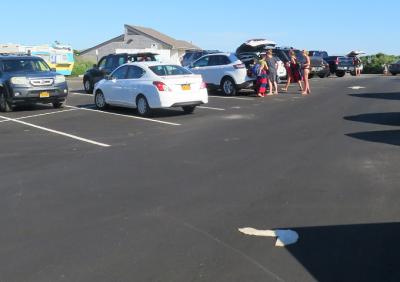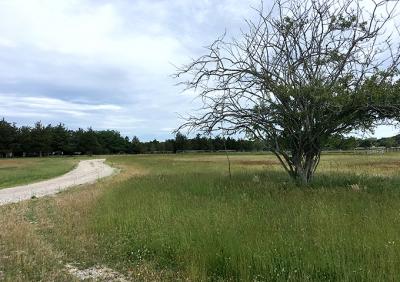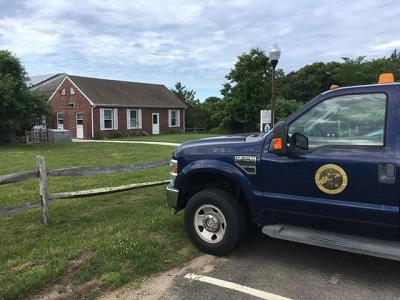For Seeding the Waterways
For Seeding the Waterways
The East Hampton Town Trustees were asked to allow two programs to proceed in waters under their jurisdiction, both intended to restore those waters’ health and the marine life within them.
Kim Barbour, Cornell Cooperative Extension’s marine program outreach manager, told the seven trustees present at their meeting on Monday that the Long Island Shellfish Restoration Project, funded by a state grant, is an effort to produce and seed waterways with 115 million hard clams and 40 million oyster spat. The extension has identified four nursery sites in the town, three of them under trustee jurisdiction, at which two floating upweller system nurseries, known as FLUPSYs, would be placed.
Deployment has already started in Huntington, Ms. Barbour said, and the plan is to continue eastward, with the hope that eight FLUPSYs could be in East Hampton waters next month. “The crunch time is now,” she said, “because the clams are getting big enough that they need to move on to their new home in these floating upweller systems.” In total, the extension’s goal is to deploy around 40 FLUPSYs this year and 30 more in 2019.
The proposed nursery sites are at Sunset Cove Marina and Three Mile Harbor Marina, both at Three Mile Harbor, the Lion Head Beach Association marina at Hog Creek, and at Gurney’s Yacht Club in Lake Montauk, where the trustees do not have jurisdiction.
Cornell Cooperative Extension has a memorandum of understanding with each property owner, Ms. Barbour said. Because the FLUPSYs, which measure approximately 16 by 16 feet, are designed to fit in a dock space or adjacent to a bulkhead, conflict with other user groups is unlikely. The initiative also holds “stewardship and education opportunities that we want to provide as part of these projects,” Ms. Barbour said.
The trustees supported the initiative, but asked Ms. Barbour to submit the proposal in writing, with a decision likely at the next meeting, on June 25.
The other proposal, the Accabonac Macroalgae Bio-Extraction Project, is meant to study the feasibility of removing excess nitrogen from water by placing, and then removing, macroalgae that absorb it. “We wanted to start looking at the potential for macroalgae for nutrient bioextraction,” she said. “We’re putting this out in areas we’ve mapped as high nutrient inputs.”
The project would see the temporary installation of 30 metal frames, which Ms. Barbour likened to lobster traps, in Accabonac Harbor near Pussy’s Pond, onto which two types of seaweed would be affixed. The vegetation — gracilaria, a genus of red algae, and ulva, green algae also called sea lettuce — would be analyzed every two to four weeks, and after its removal after three months, “to see if this could be part of the nutrient solution,” she said.
A majority of the frames will be placed to capture as much effluent from Pussy’s Pond as is possible without restricting flow. The others will be placed over groundwater seepage points nearby.
As with the shellfish restoration effort, time is of the essence, Ms. Barbour said, asking that the frames be deployed this month or early in July so that three months of data could be obtained. “We’re also trying to identify different beneficial reuses of this spent macroalgae,” she said, such as composting, culinary use, and even in cosmetics.
Again, the trustees were supportive of the proposal, but thought that comments should be sought from baymen, to ensure the frames would not impede their work, before approval.



